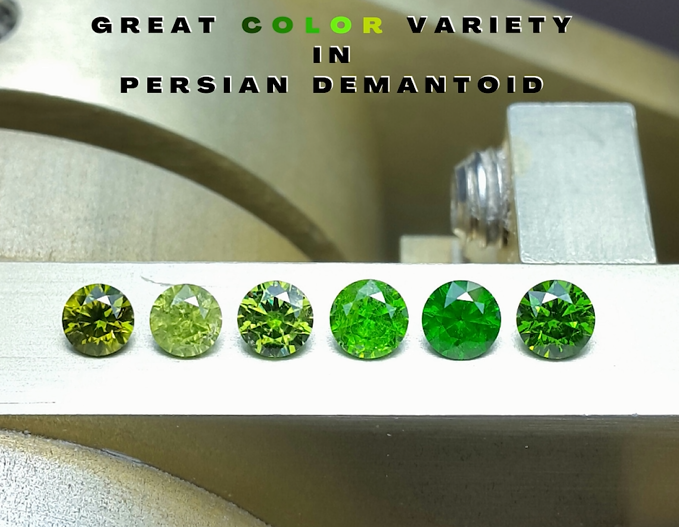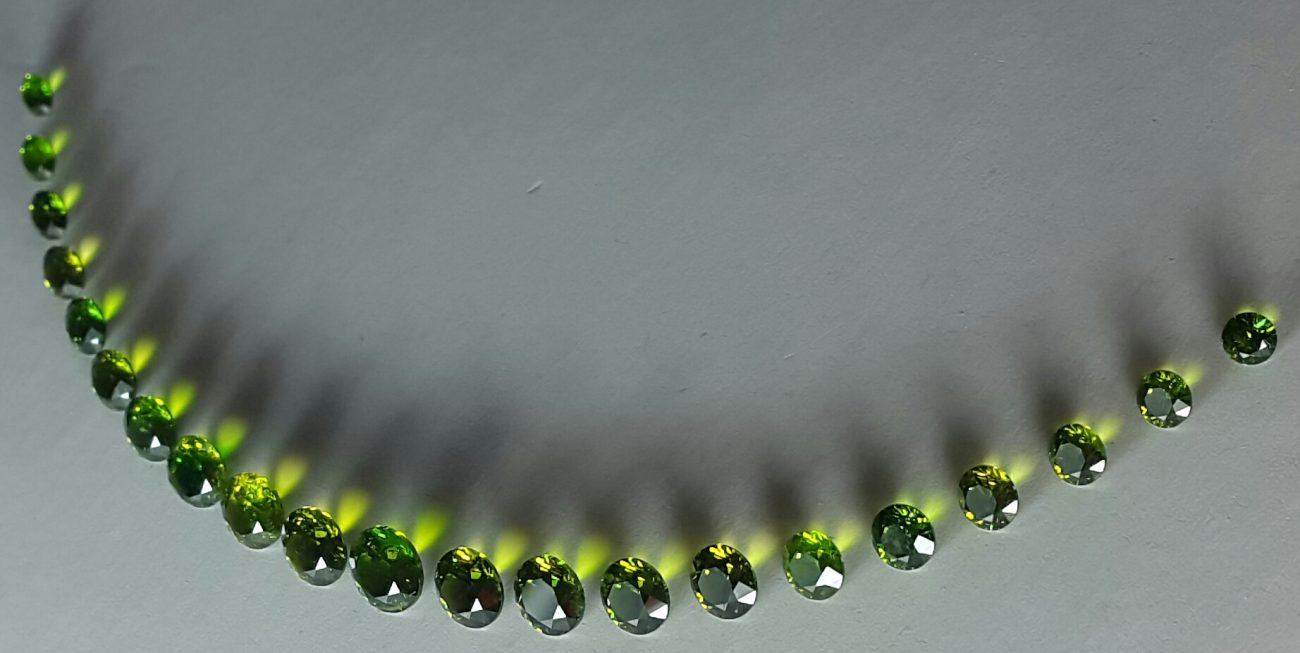
Demantoid was first discovered in 1854 in the Ural Mountains of Russia.
The name demantoid is derived from the word demant, which means diamond-like in terms of luster and dispersion.
Demantoid is from the large garnet family and from the andradite group, and its chemical formula is Ca3 Fe2 (Sio4).
Demantoid is not only the most expensive member of the garnet family, but also one of the rarest and most precious stones in the world. This stone is found in a limited number of countries and it is even said that the extraction of some mines is coming to an end. Among the regions that have demantoid garnet mines, we can mention Russia, Iran, Namibia, Madagascar and Italy. Demantoid in weights below 1 carat is more and has very high qualities, and weights above 2 and 3 carats that have high gem quality are very rare.
Unique demantoid color
Color is one of the most important factors in gemstones, and usually the three main colors red, green and blue (RGB) have the highest value, so demantoid with its pure and stunning green color is in this category. and In some cases, the purest and deepest green color belongs to demantoid and surpasses competitors such as emerald, tsavorite and aquamarine.
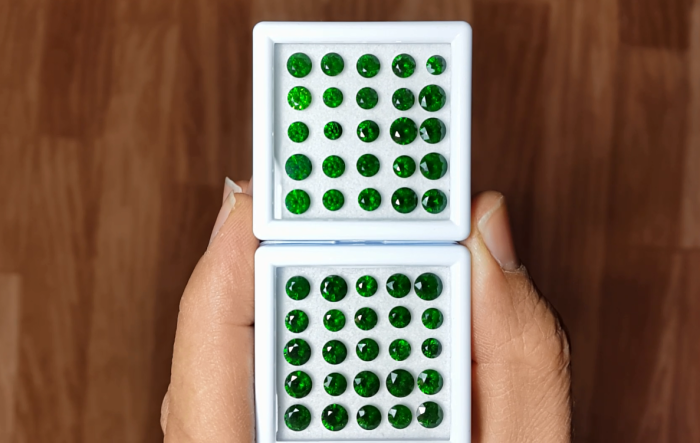
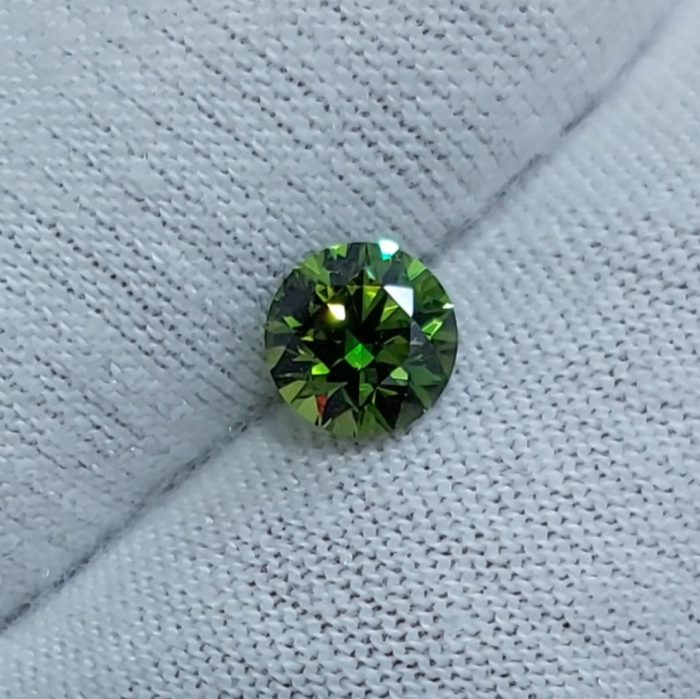
High brilliance and dispersion of demantoid
One of the attractive features of demantoid is its high brightness, i.e. it has a refractive index of 1.88 which is not only the highest in the garnet family but also among many It is higher than its competitors such as ruby, tanzanite, emerald, spinel, etc., so that it is among the first few stones in the world in terms of brilliance..
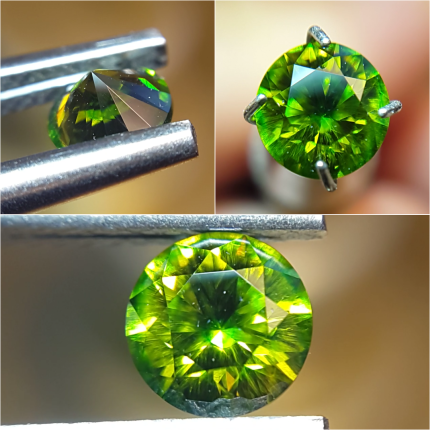
Herstyle is a precious inclusion in demantoid
Demantoid is the rarest stone, the impurities inside it are considered as part of its beauty and are as important as the color and luster, one of these impurities is horstaile inclusion.The same inclusions that are scattered in the form of silk threads and in a cluster from the center to the outside or it may be distributed in different parts of demantoid. These horsetail inclusions are one of the ways to recognize the originality of demantoid.




